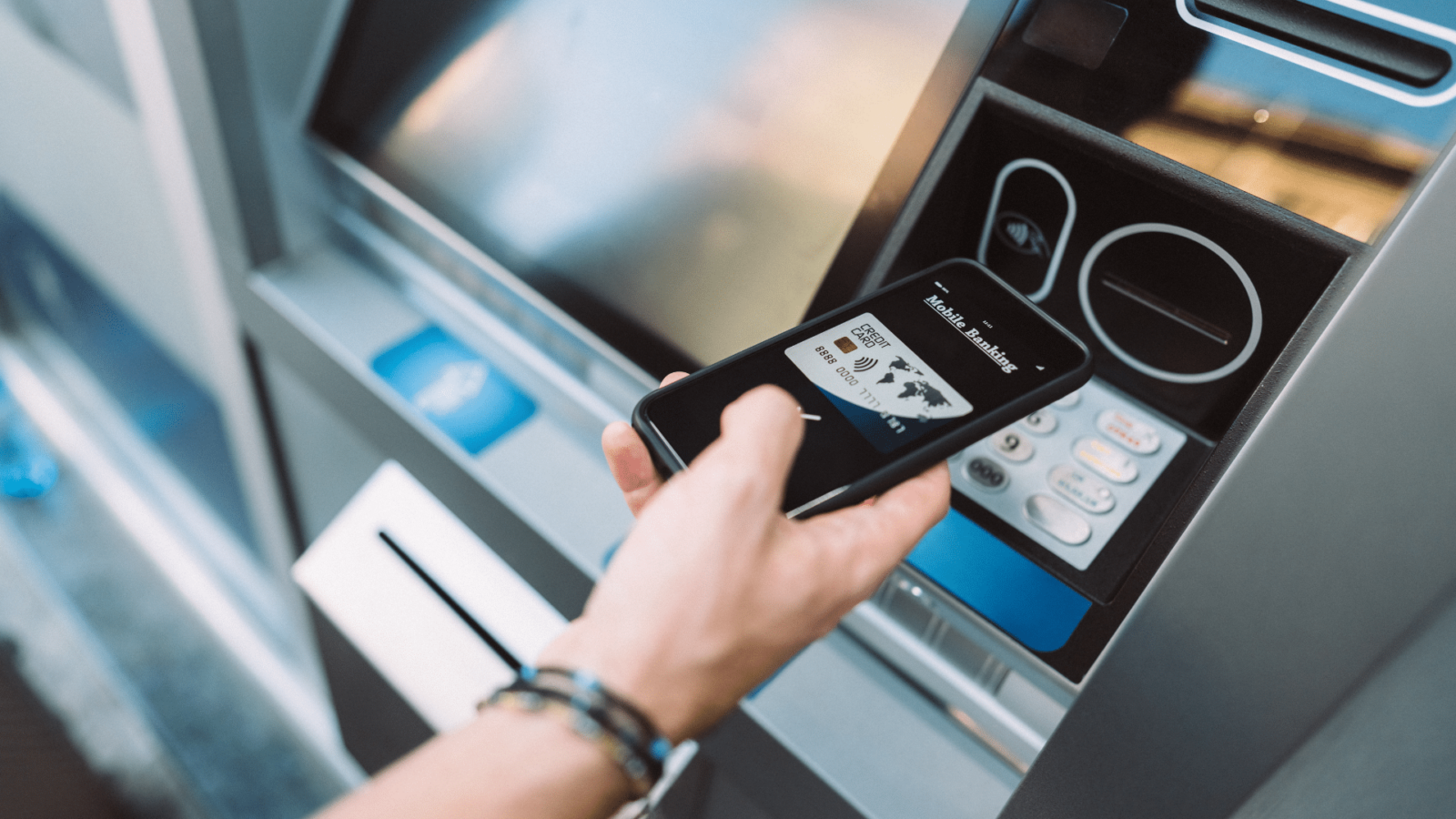BSP wants equal rules for hybrid, purely digital banks

The Bangko Sentral ng Pilipinas (BSP) wants small lenders with hybrid virtual and traditional banking models to meet the same standards as digital banks to ensure a level playing field.
Speaking to members of the Chamber of Thrift Banks (CTB) on Tuesday, BSP Deputy Governor Chuchi Fonacier said the central bank was crafting its guidelines on “the assessment of the level of digital centricity of thrift banks, rural banks and cooperative banks.”
“It aims to establish the indicators that will be considered in assessing the level of digital centricity of said banks, among others, to ensure proportionate application of prudential requirements,” said Fonacier, head of the BSP unit supervising banks.
“This will be subject to a phased implementation of higher regulatory standards or requirements applicable to a digital bank, as determined by BSP,” she added.
The BSP official said, “this approach promotes a level playing field and ensures consistent application of regulatory requirements and expectations between digital banks and digital-centric banks.”
Under existing regulations, digital banks must meet a minimum capitalization of P1 billion and other prudential requirements.
Meanwhile, rural banks—some of which have operations that are highly digital centric—are only required to maintain a minimum capital of P200 million at most, depending on the number of branches.
Thrift banks with head offices in Metro Manila and more than 50 branches are required to have at least P2 billion in capital. Those based outside Metro Manila need only P800 million for their 50 branches.
Higher capitalization
Speaking to reporters, Fonacier said hybrid banks may also be required to maintain higher capitalization.
“We need to level the playing field, that’s why we also would require some more, let’s say, capital from those doing the work,” she explained.
For her part, CTB president Mary Jane Perreras argued that conventional banks pursuing digitalization and purely virtual lenders have different funding needs.
“Digital banks can go without the brick-and-mortar branches. Because they are digital. So, their cost is maybe much smaller than the traditional banks that we have right now,” Perreras said.
“Our traditional banks have brick-and-mortar branches. And then going into digitalization, too. So, it will entail budgets for that,” she added.





















